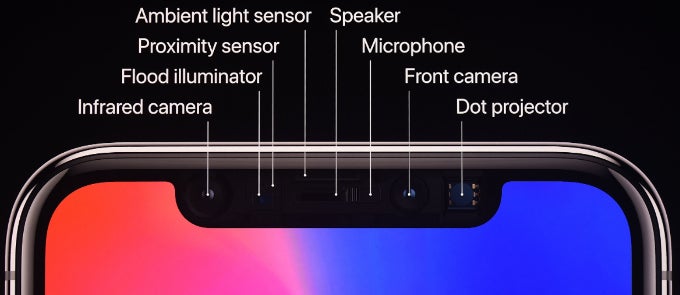WSJ: no Romeo emitters for Face ID's Juliet modules equals iPhone X delays

The parts that make Face ID possible are called Romeo and Juliet, as they have to be paired together for the system to work. Romeo throws in no less than 30 000 near-infrared beams at your face projecting a pattern onto it, while Juliet is the infrared camera that collects and infers the depth perception by calculating where the lines break via an algorithm. The tricky Romeo emitter is assembled by LG Innotek and Sharp, but is apparently so complex that yields have been subpar so far, and there aren't enough pieces to go together with all the Juliets that have been produced by other suppliers.
It's not the first time that a new tech introduced by Apple would enter with a snag in the supply chain, but Tim Cook and gang usually manage to solve the constraints in the span of few weeks, so hopefully that will be the case with their biggest bet in years - the iPhone X - too.
source: WSJ (paywall)
Follow us on Google News














Things that are NOT allowed:
To help keep our community safe and free from spam, we apply temporary limits to newly created accounts: